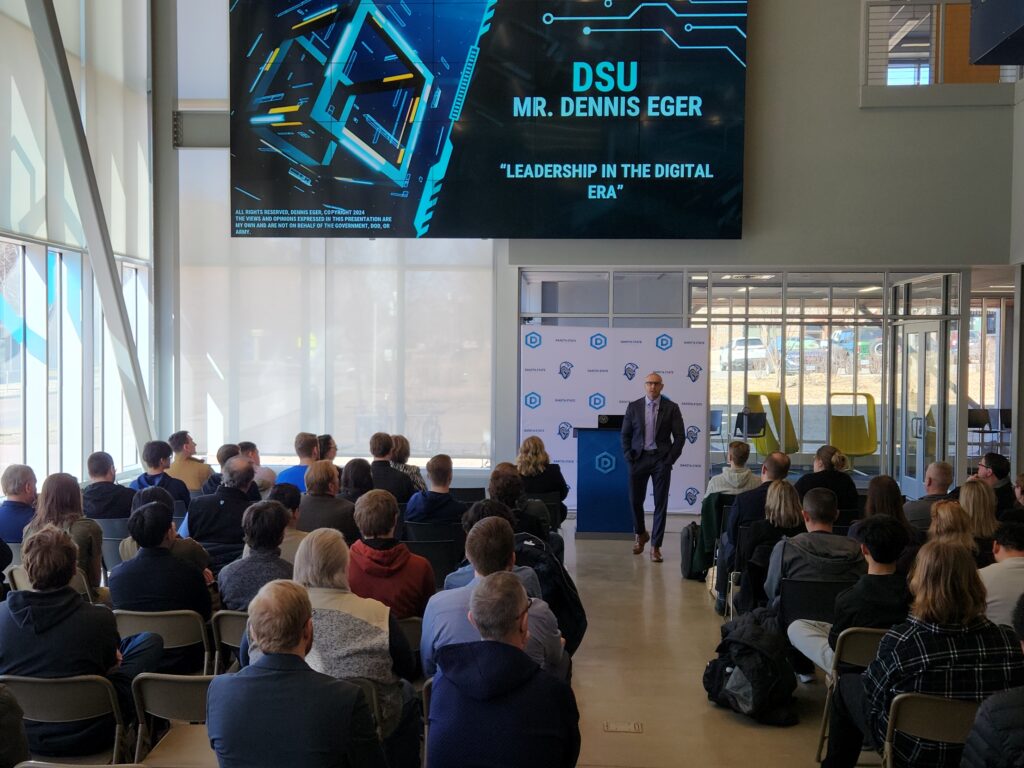Nanocon Showcases Student Games
Games showcased at the convention are often built by junior and senior-level students in the Game Design major. For GAME333 and GAME444, students are assigned a group that they will be with for the entire academic year while creating their video game. The concepts of the games are pitched the year prior by upcoming seniors in the 444 course and teams are chosen based in their preference of project. By working on these games students learn how to work in teams and manage a large project; leaders gain experience in that role and develop skills, too.
Magic Path of Mastery is an immersive, magical control game. The player is a wizard whose goal is to create spells through finding elements and combining them. One of the team leaders, Trey, came up with the concept while playing other magic-based games. “There are a lot of different magic games or magic-based games…A lot of the times the magic is treated just as a weapon rather than an interesting tool for the player to use, so I decided I wanted to make kind of a world where magic can be useful in more than just combat.” The targeted audience for the game is anyone that is interested in magic or games and would like to magic utilized in a way that differs from other games. So far, it is unknown if the game will be changed or have members of the team working on it after the course. The co-leaders of the game, Trey and Phyzon, said that they wouldn’t be able to work on the game without their current team.
Necronursery is a game that focuses on learning from the experiences in the game and trial and error. The player is an apprentice to a necromancer and has to grow a monster plant from seed to flowering state. If the player succeeds, their master congratulates and awards them, but if they fail, they must restart. Drew, the team leader, based the concept of the game on games she had played in the past. “I came up with this concept because we were in a brainstorming session for game ideas and the professors tried to give us a theme to help us start generating ideas and they had thrown out like monster zombies kind of like undead stuff. As I was thinking about it a game that popped in my head was Plant Nanny and Gardening Mama and Plant Tycoon—just a lot of planting games that I had played throughout my life. I was thinking it would actually be really cool to take something so bright and flowery and mix it with the undead.” The target audience is casual players that are interested in the combination of caring for something and the undead. The game is also aimed at those who may want to play something casually throughout their day. There may be a continuation of working on the game after the conclusion of the course, either by a number of the team members or as a solo project.
Follow The Instructions is a game that pays a tribute to Creepypasta and other creepy/spooky stories online. The player is a babysitter who is in charge of watching a house/child while the parents are out. The parents leave a set of instructions for the player to follow throughout the night. The instructions are a little peculiar. The team leader, Dom, describes as a set of abnormal instructions. “The family gives you set up instructions to follow but it’s not like normal instructions at all. So, instead of saying stuff like ‘Make sure that the garbage put away’ or ‘Make sure the house is clean’ it says stuff like ‘Make sure the Angel statue in the living room doesn’t move from its original spot—it keeps the walls quiet.’” The concept of this game came from a creepy story online called Instructions for the Babysitter that the team leader felt would make a good game. The target audience is players who have an interest in horror games or creepy stories or even Creepypasta in general. There may be more work done on the game after the conclusion of the course.
There was one game presented that was independent of the game courses. This game was called Only if I Remember. This game is narrative-based, with objectives and an emotional story. The player is an old man named William who was diagnosed with Alzheimer’s. The goal of the game is to try and remember a friend or family member who comes to see William while he’s in the nursing home. The player moves through a mind map of William’s old house and interacts with items that serve as memories of certain individuals. The conflicts in the game are based on some side effects of Alzheimer’s. Although the player chooses who to remember, they also choose who will be forgotten at the same time and many of the conflicts come from this. Gabriel, the team leader
These games were off to a good start during





